Theme of the lesson: Homes and away. Type of the lesson: new lesson. Lesson objectives..
Создайте Ваш сайт учителя Видеоуроки Олимпиады Вебинары для учителей
Поурочный план английского языка
Вы уже знаете о суперспособностях современного учителя?
Тратить минимум сил на подготовку и проведение уроков.
Быстро и объективно проверять знания учащихся.
Сделать изучение нового материала максимально понятным.
Избавить себя от подбора заданий и их проверки после уроков.
Наладить дисциплину на своих уроках.
Получить возможность работать творчески.
Просмотр содержимого документа
«Поурочный план английского языка»
Полезное для учителя
Распродажа видеоуроков!
1510 руб.
2510 руб.
1610 руб.
2690 руб.
1600 руб.
2660 руб.
1850 руб.
3080 руб.
ПОЛУЧИТЕ СВИДЕТЕЛЬСТВО МГНОВЕННО
* Свидетельство о публикации выдается БЕСПЛАТНО, СРАЗУ же после добавления Вами Вашей работы на сайт
Удобный поиск материалов для учителей
Проверка свидетельства
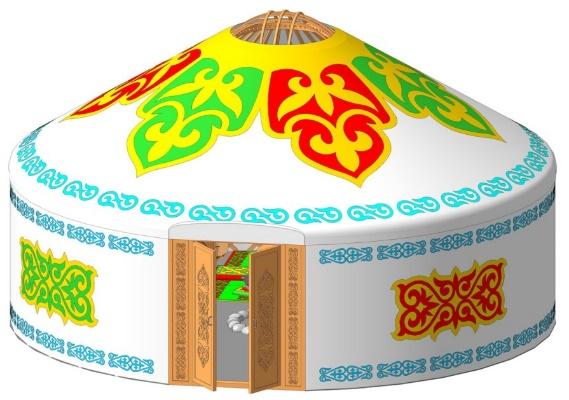
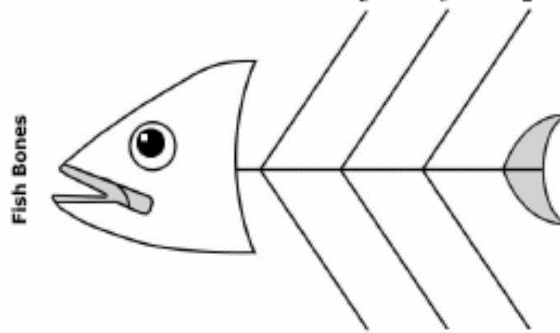
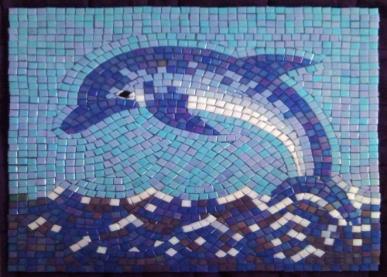
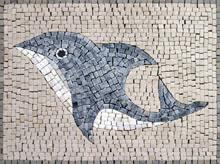
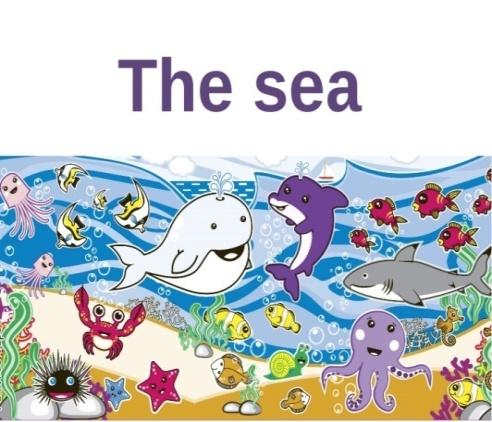




 for active pupils ( smart dolphin)
for active pupils ( smart dolphin) for good participators ( starfish)
for good participators ( starfish) for satisfied pupils ( carefree turtle)
for satisfied pupils ( carefree turtle)
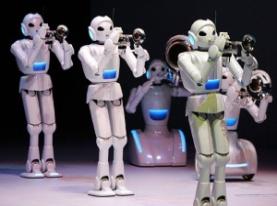




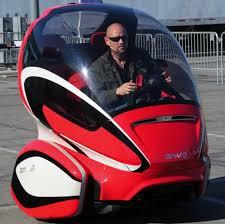



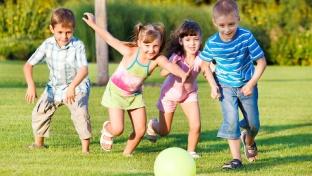 T
T



















